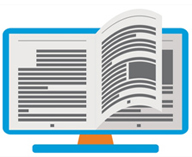This toolkit focuses on 'how-to' incorporate a gender perspective in the overall planning and practices of disaster management. By providing hands-on training activities and reflection exercises, it is useful for all those engaged in disaster management – policy makers, donors, NGOs and researchers dedicated to fostering resilient and equal communities. It is grounded in research about gender mainstreaming strategies used by NGOs and the Government in their responses to, and management of, the tsunami in Tamil Nadu, India. Although the toolkit is based on disaster management in a specific context, it develops insights on the broader “nuts and bolts” of gender mainstreaming by building on lessons learned from the tsunami-response.


